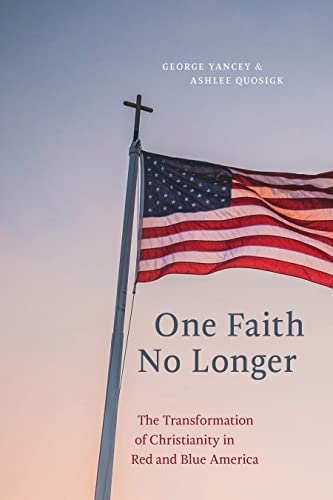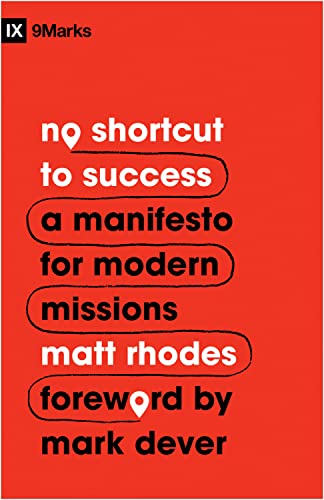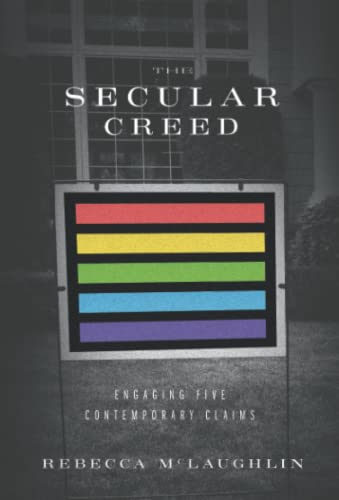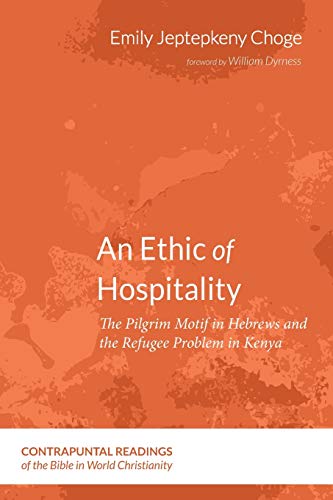Reading the Times: A Literary and Theological Inquiry into the News
Written by Jeffrey Bilbro Reviewed By Mark Brians IIIn his recent volume, Reading the Times, Jeffrey Bilbro presents our habits of news consumption according to three resources we invest in the news: attention, time, and community. Part 1 develops Henry David Thoreau’s critique of the “macadamized mind” fostered by the modern news industry, which was just coming of age when Thoreau was writing. Drawn from the small, condensable bits used for paving roads, the image of macadam is suggestive of the fragmented attention Bilbro identifies as problematic in contemporary news media consumption. The macadamized intellect has three major symptoms: (1) “it induces a vague, underlying sense of boredom and dis-ease”; which (2) “renders us vulnerable to the wiles of advertisers and politicians”; (3) thus warping “our emotional sensibilities” directing them to what is distant and spectacular “and making it more difficult for us to sympathize with and love our neighbors” (p. 12). Rather than consume the news with a macadamized soul, we can attend to the events of our days with a contemplativeness which has its anchor in an eschatological hope “that lies outside of the vicissitudes of daily news and politics” (p. 54).
Part 2 emerges from the previous section’s consideration of eschatological hope by shifting the focus of the book to the subject of time and its relation to the news. Bilbro’s contention is straightforward: “If we want to learn how to read the news Christianly, we’ll have to learn to tell time Christianly” (p. 67). He offers us two ways of telling time that help us navigate the tension of being “in the world but not of it”: Kairos and Chronos. “Kairos refers to propitious time, time that is right for a certain act … rhythmic, cyclical, seasonal” (p. 67). Chronos names the other form time takes: a “quantifiable duration … linear and sequential” (p. 67). All too often, we collapse the two modes of time, leading “to an over-emphasis on current events” (p. 69). Bilbro cites Erich Auerbach when he argues that this collapsing of Kairos time into Chronos time teaches the reader of the news to “‘account to himself for his real life and his place in human society’ according to the chronos-bound, historical narrative of the daily news” (p. 81). Instead, Christians need to remember that “time is systolated around and in the person of Christ, and the meaning of our daily lives and affairs becomes determined by their relation to this person” (p. 96). We do this as individuals and as communities by developing habits and liturgies that structure our days and weeks around Christ. Doing so “orients us to his story and equips us to fit the news of our day into the redemptive pattern of his life and work” not vice-versa (p. 112).
Part 3, on the theme of “belonging,” is a reflection on the communal aspects of reading the news. Reading the news is a communal event insofar as reading the news situates us to understand ourselves as a part of a community—the community to which the events of the news unfold. But contemporary news can be a false substitute for real community: “perhaps” suggests Bilbro, “it is because we are lonely and detached from our places that we put such outsized importance on the news of the day” (p. 129). We look for the news to offer us a people and a place –things we’ve lost in the “atomized swarm” of secular modernity (pp. 126–32). What we need as we read the news are “liturgies of belonging” that anchor us to our neighbors and to our local churches within which we can attend to the news together. Doing so does “not seek to flatten the public sphere but to foster rich, vibrant, lively communities of discourse” (p. 156).
Reading the Times is an excellent and much needed book. I’ve already recommended it to many in my parish, to pastor friends of mine who labor alongside me in the work of the gospel in Hawaii, and I commend it here too. For all those who have felt the sense of cautious concern over the nature of news consumption in our families, parishes, and communities but could never quite articulate exactly where that suspicion came from, this book offers an explanation rooted in Christian worldview and practice.
For all that, however, the book does have two weaknesses (though they are faults, not failures): First, while the book operates with a very oblique systematic structure—one that is helpful for following Bilbro’s line of argumentation—the structure in several places can become tedious and distracting, as it sometimes sacrifices the flow of his well-written prose in order to remind you what you’ve just read and to prepare you for what you are about to read. That is fine when occasioned by the text itself, but artificially imposed as an arranging mechanism, it can feel obstructive—especially when one is eager to return to the line of argument that had been, just moments earlier, so enthralling.
Second, while the vision of the concluding chapters is compelling, there could be more flesh on the practices for fostering communities of belonging along that vision. Bilbro provides many helpful practices for what to read (i.e., where to draw our news from), and develops a really compelling vision for how to dwell in a neighborhood in which to read the news. But when it comes to communal practices, I find myself wishing he had given more body to the kinds of practices Christian communities—larger in scope than the self and the home—could foster. Bilbro casts a vision for this kind of communal reading of the news, but the majority of the practices are for individuals or small groups. I commend Bilbro as one of the best recent thinkers to guide Christians how we ought to read the news in ways that shape community. But, one wonders, captivated by Bilbro’s vision, how might a community so formed—how might churches so shaped—read the times?
Mark Brians II
Mark Brians II
All Saints Anglican Church
Honolulu, Hawaii, USA
Other Articles in this Issue
In the book of Kings, Elisha is the Spirit-empowered man of God who walks with God, represents God, and shows the way to covenant faithfulness through word and deed...
Baptists provide an excellent window into the American identity during the antebellum period...
This article explores Colossians, a letter in which Paul says a considerable amount about work...
This article offers a reading of Nicholas Wolterstorff’s objections to the doctrine of divine simplicity, which has seen a kind of rebirth amongst both Catholic and Protestant theologians in recent decades...
The Targums were not translations for the Aramaic-speaking masses who were ignorant of Hebrew...







